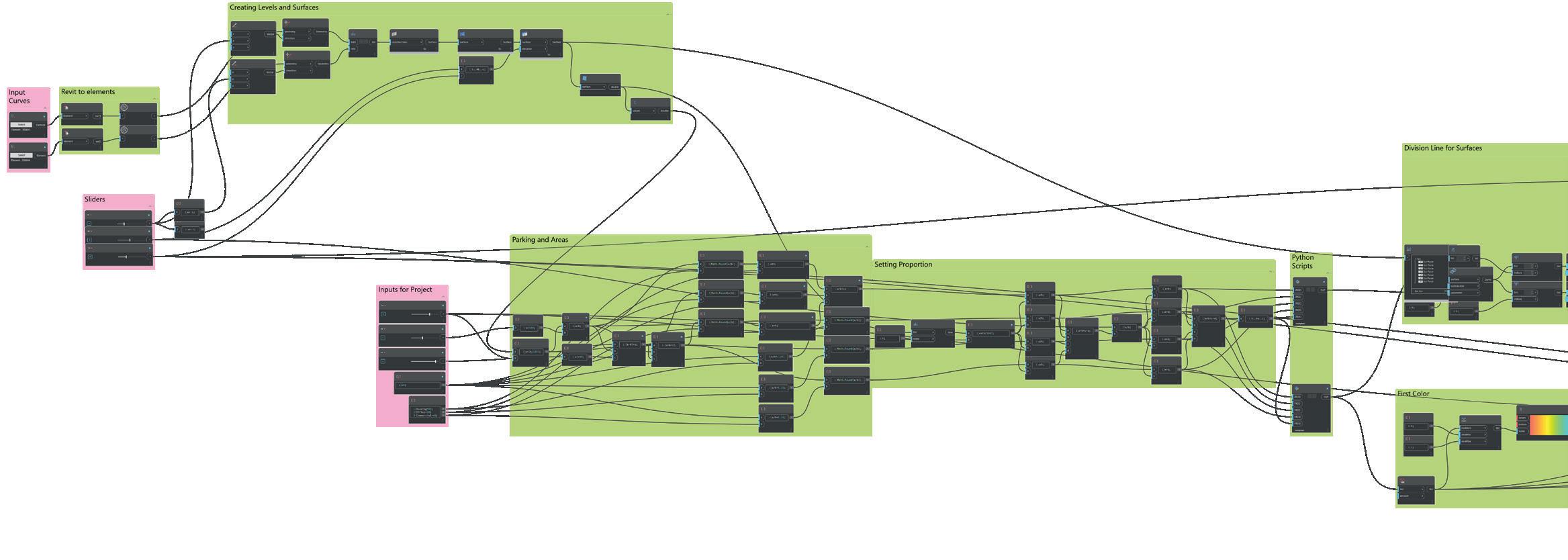
1 minute read
Fabrication & Intelligent Systems
Utilising simple materials with as little production as feasible has been one of the guiding concepts in the development of the platforms thus far. This has important financial ramifications since the residual asset value is very high because the conversion cost is so minimal, as opposed to putting the steel through many manufacturing processes and paying substantial labour, overhead, and shipping expenses.

The use of low-fabricated components and connecting brackets eliminate the requirement for skilled trades during assembly; instead of professional steel erectors, the frame may be bolted together by experienced workers (this was shown during the prototype phase). The platform approach is 12% cheaper than flat slab concrete and 34% cheaper than a composite slab steel frame(fig 27). This saves a lot, although the superstructure only accounts for a percentage of the building cost. However, The platform approach would enable a range of additional benefits that flat slab construction does not, such as providing a highly accurate frame that will facilitate the use of other platform components (façades, MEP, fit-out) that will continue to amplify the time and cost benefits. Platform 2 would also facilitate the other initiatives set out in this book relating to UK manufacturing capability, diversifying the skill set. (Wood, 2018)










